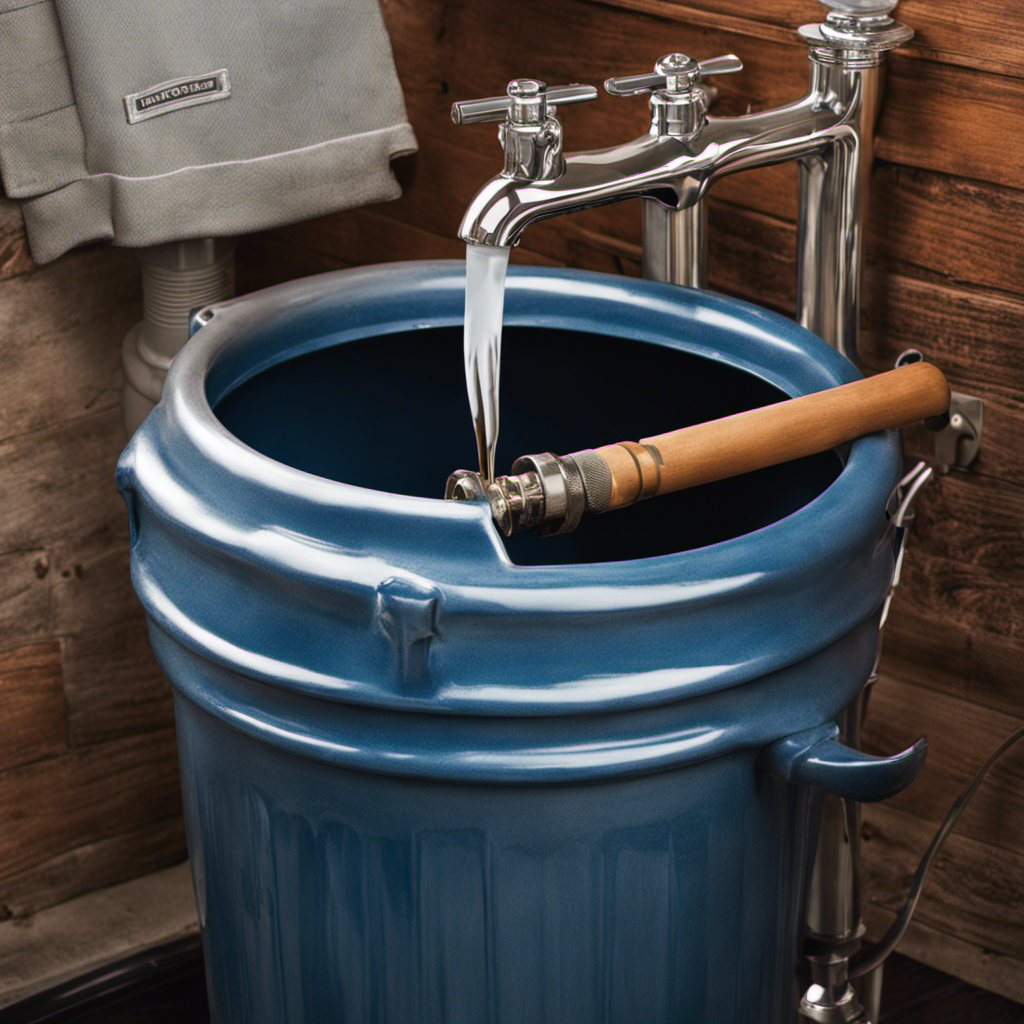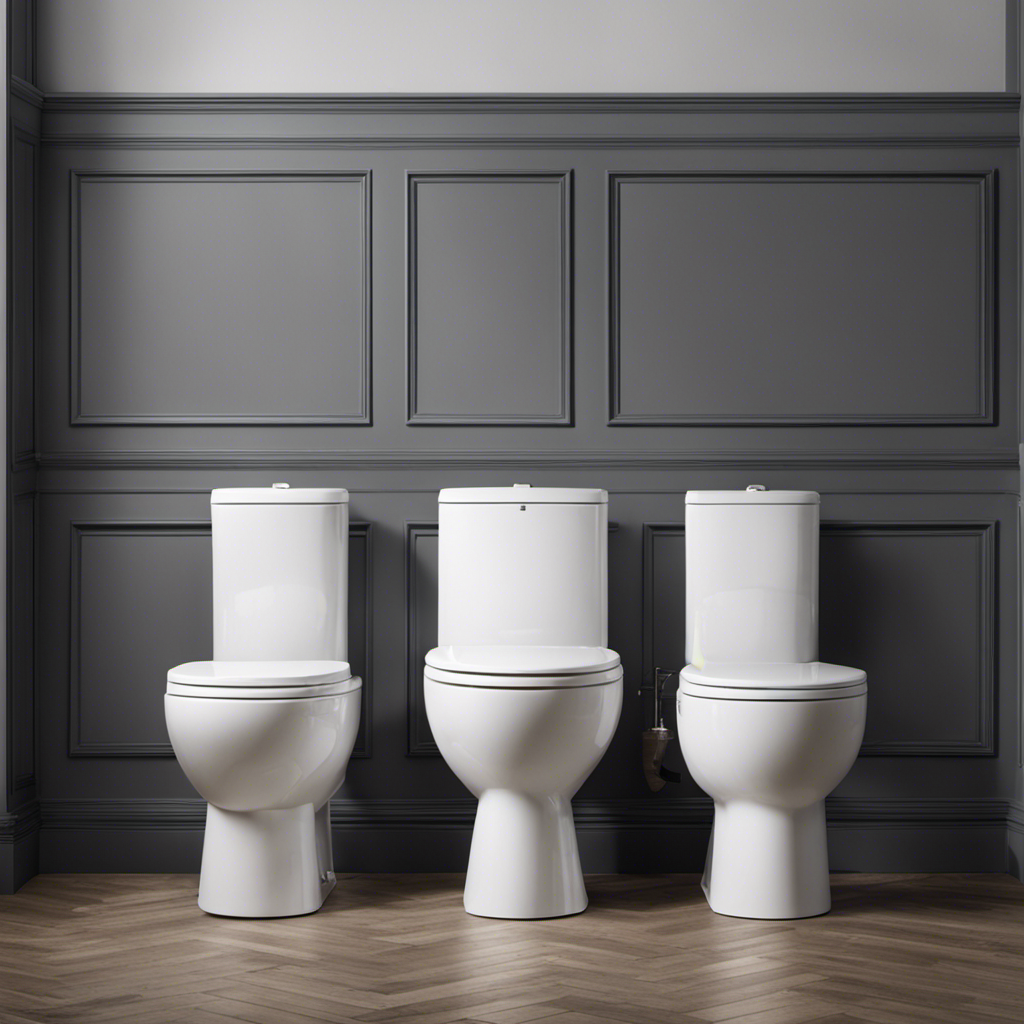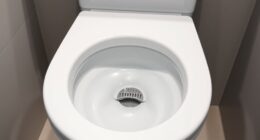We’ve all experienced it: finding ourselves in the aisle, swamped by the enormous selection of wet wipes that all assert they can be flushed. However, is that the case?
In this article, we delve into the world of flushable wet wipes, using industry standards and testing methods to determine which ones truly live up to their claims.
We’ll also provide tips for properly disposing of non-flushable wipes.
Get ready to master the art of choosing the right wipe for your needs!
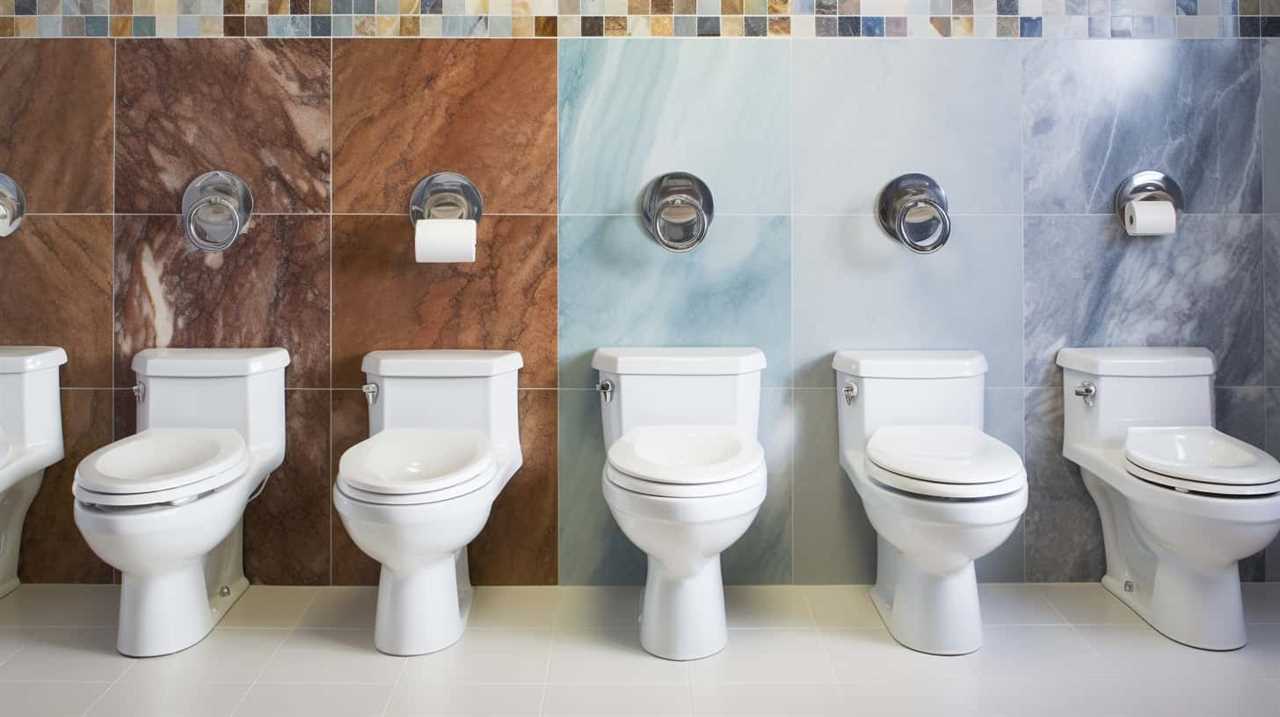
Key Takeaways
- Industry standards ensure safe disposal of flushable wet wipes in wastewater systems.
- Choosing wipes made with biodegradable materials and key ingredients promotes quick disintegration and minimizes environmental impact.
- Testing methods for flushability ensure that wet wipes are truly flushable, preventing toilet clogs and minimizing environmental impact.
- Reputable brands such as Cottonelle, Scott, and Charmin produce flushable wet wipes that are designed to be safe for flushing.
Industry Standards for Flushable Wet Wipes
Industry standards for flushable wet wipes are established to ensure the safe disposal of these products in wastewater systems. These standards address the environmental impact of non-flushable wet wipes and aim to educate consumers on the proper use of flushable wipes.
The environmental impact of non-flushable wet wipes is a growing concern as these wipes can clog pipes, cause blockages in sewage systems, and contribute to the pollution of water bodies. To mitigate these issues, industry standards require flushable wet wipes to disintegrate quickly in water, preventing potential damage to sewage infrastructure and reducing the risk of environmental pollution.
Consumer education on flushable wet wipes is crucial to ensure that individuals understand the difference between flushable and non-flushable wipes, and use them responsibly. Through these standards and education efforts, the safe disposal of flushable wet wipes can be achieved, minimizing their impact on wastewater systems and the environment.
Key Ingredients to Look for in Flushable Wet Wipes
To ensure that flushable wet wipes are truly safe for disposal in wastewater systems, it’s important to look for key ingredients that promote quick disintegration and minimize environmental impact.
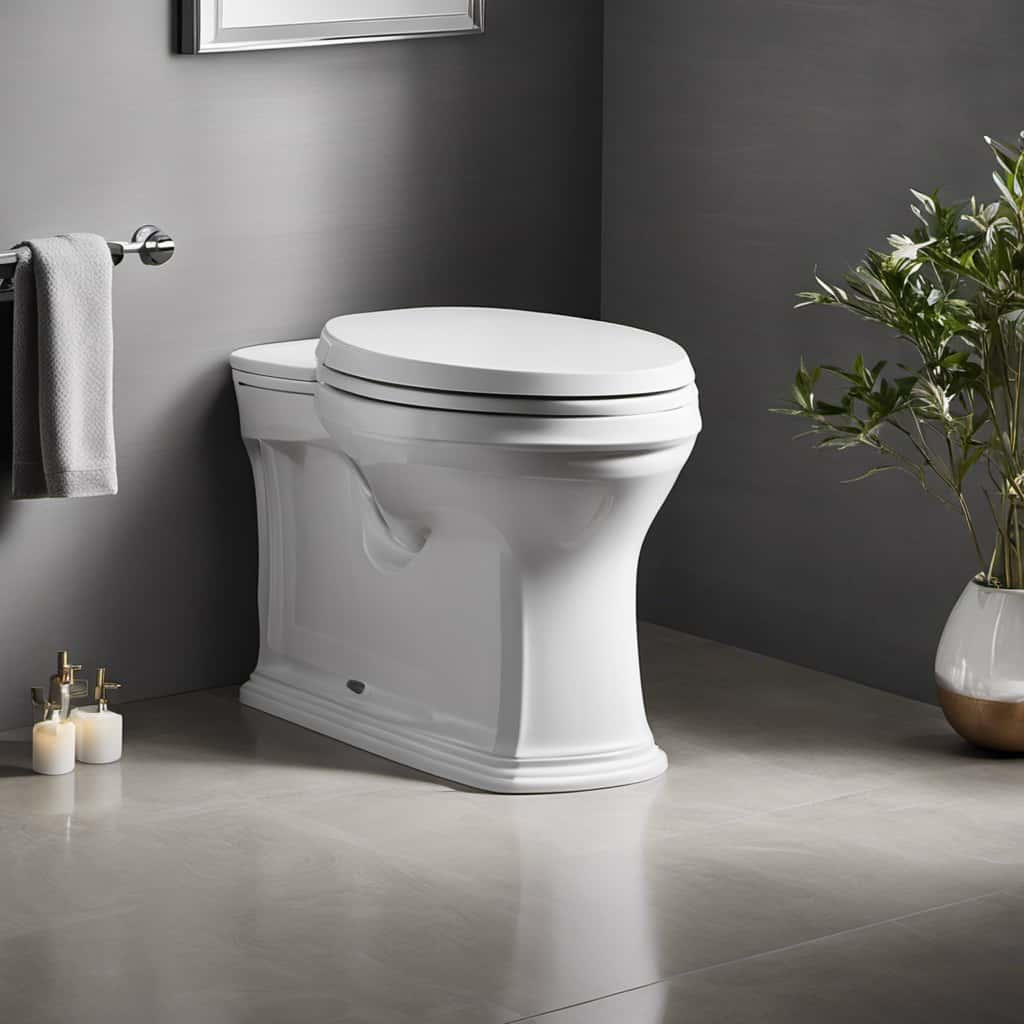
The benefits of using flushable wet wipes are clear – they provide a convenient and effective way to clean and freshen up. However, not all wet wipes are created equal. Non-flushable wet wipes can cause significant harm to the environment. These wipes often contain materials that aren’t biodegradable and can clog pipes and sewer systems.
To address this issue, manufacturers have developed flushable wet wipes that are specifically designed to break down quickly after flushing. Look for wipes that are made with materials like rayon or cotton, as these ingredients are more prone to disintegration. Additionally, some wipes are infused with special enzymes that aid in the breakdown process.
Testing Methods to Determine Flushability
We frequently test wet wipes to determine their flushability. Ensuring that wet wipes are truly flushable is crucial in preventing toilet clogs and minimizing their environmental impact.
Here are three testing methods commonly used to assess the flushability of wet wipes:
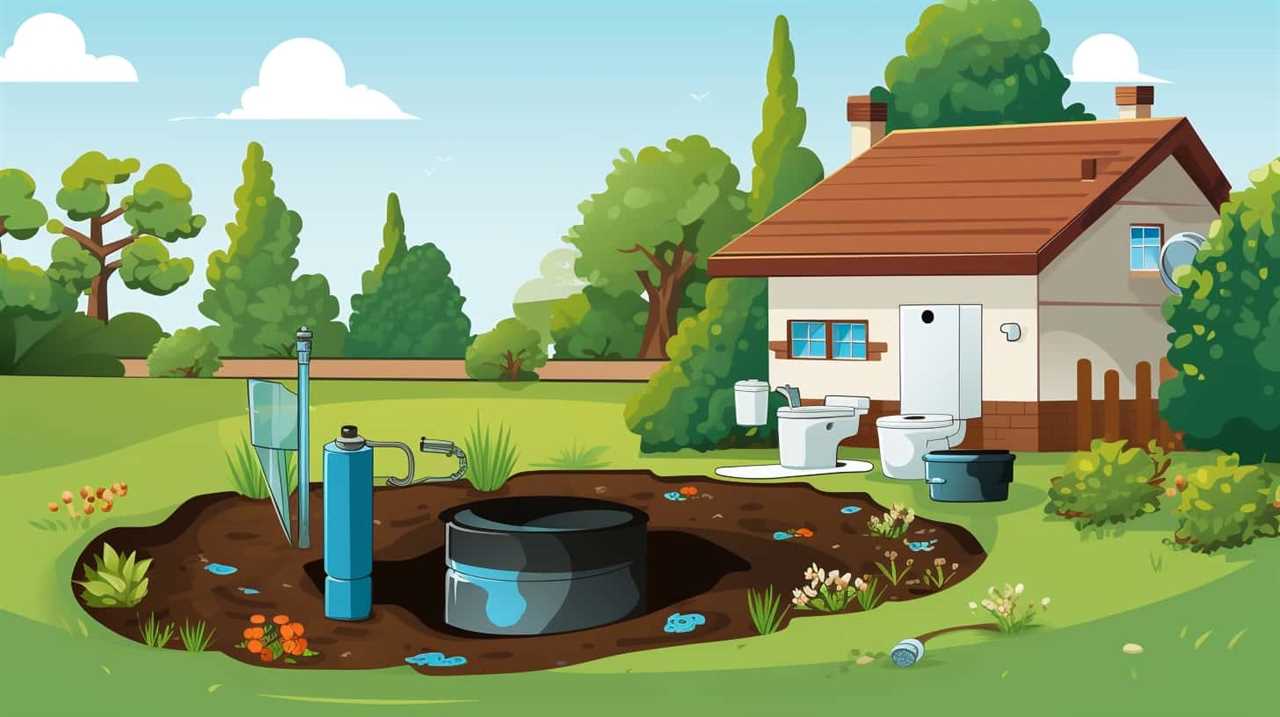
- Disintegration Test: Wet wipes are subjected to a controlled agitation in water to simulate the flushing process. The time taken for the wipes to break down is measured, with shorter disintegration times indicating better flushability.
- Flushability Test: Wet wipes are flushed down a test toilet multiple times to evaluate their ability to pass through the plumbing system without causing blockages or backups.
- Pumping Test: This test involves pumping water through a pipe system containing wet wipes to determine the pressure required for the wipes to pass through. The lower the pressure needed, the more flushable the wipes are.
Reputable Brands That Produce Flushable Wet Wipes
Our research has found that several reputable brands produce flushable wet wipes. These brands have taken into consideration the environmental impact of their products and have designed them to be safe for flushing. They’ve undergone rigorous testing to ensure that they break down quickly and completely in the wastewater system without causing any blockages or damage.
Some of these brands include Cottonelle, Scott, and Charmin. These wipes are made from biodegradable materials and don’t contain any harmful chemicals that could harm aquatic life or the ecosystem.
However, it’s important to note that while flushable wet wipes are a convenient option, there are also alternatives available such as reusable cloth wipes or simply using toilet paper. These alternatives have a lower environmental impact and are easier to dispose of properly.
With this understanding of reputable brands producing flushable wet wipes and the availability of alternatives, it’s now important to discuss tips for properly disposing of non-flushable wet wipes.
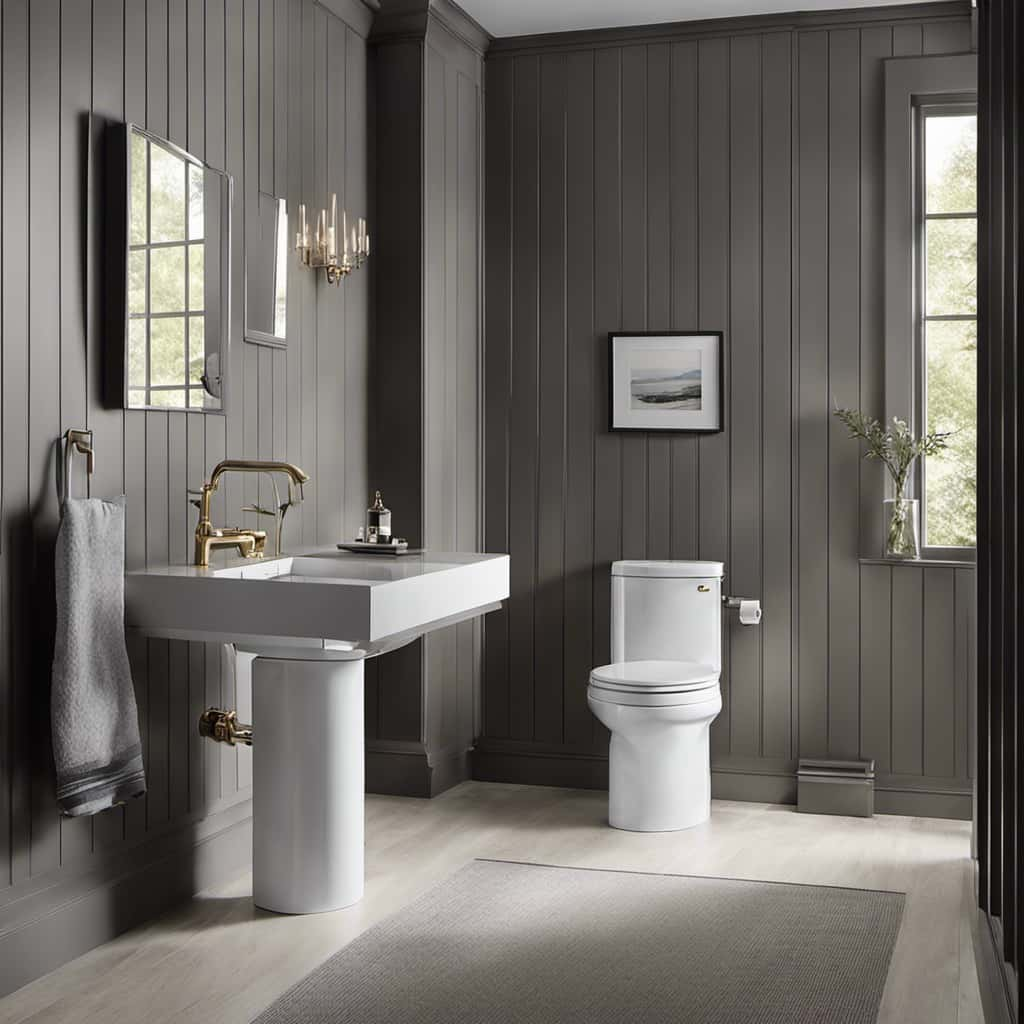
Tips for Properly Disposing of Non-Flushable Wet Wipes
Properly disposing of non-flushable wet wipes is essential to prevent clogs and environmental harm. When it comes to managing waste, it’s crucial to adopt responsible practices to minimize the negative impact on our surroundings. Here are three tips for properly disposing of non-flushable wet wipes:
- Place them in a designated trash bin: After using non-flushable wet wipes, make sure to dispose of them in a trash bin specifically designated for waste that can’t be flushed down the toilet. This helps prevent blockages in sewage systems and protects our waterways.
- Seal the wipes in a bag: To further contain any potential contaminants, consider sealing the used wet wipes in a plastic bag before throwing them away. This helps minimize the risk of spreading bacteria or other harmful substances.
- Educate others about proper waste management: Spread awareness about the environmental impact of improper disposal of wet wipes. Encourage others to dispose of them properly and provide information on the importance of using flushable alternatives or reusable options.
Conclusion
In conclusion, determining which wet wipes are truly flushable can be a challenge due to varying industry standards and testing methods. However, by looking for key ingredients and reputable brands that follow these standards, consumers can find flushable wet wipes that meet their needs.
While some may argue that all wet wipes should be avoided to prevent sewer blockages, it’s important to note that proper disposal of non-flushable wet wipes can still be practiced to minimize environmental impact.



